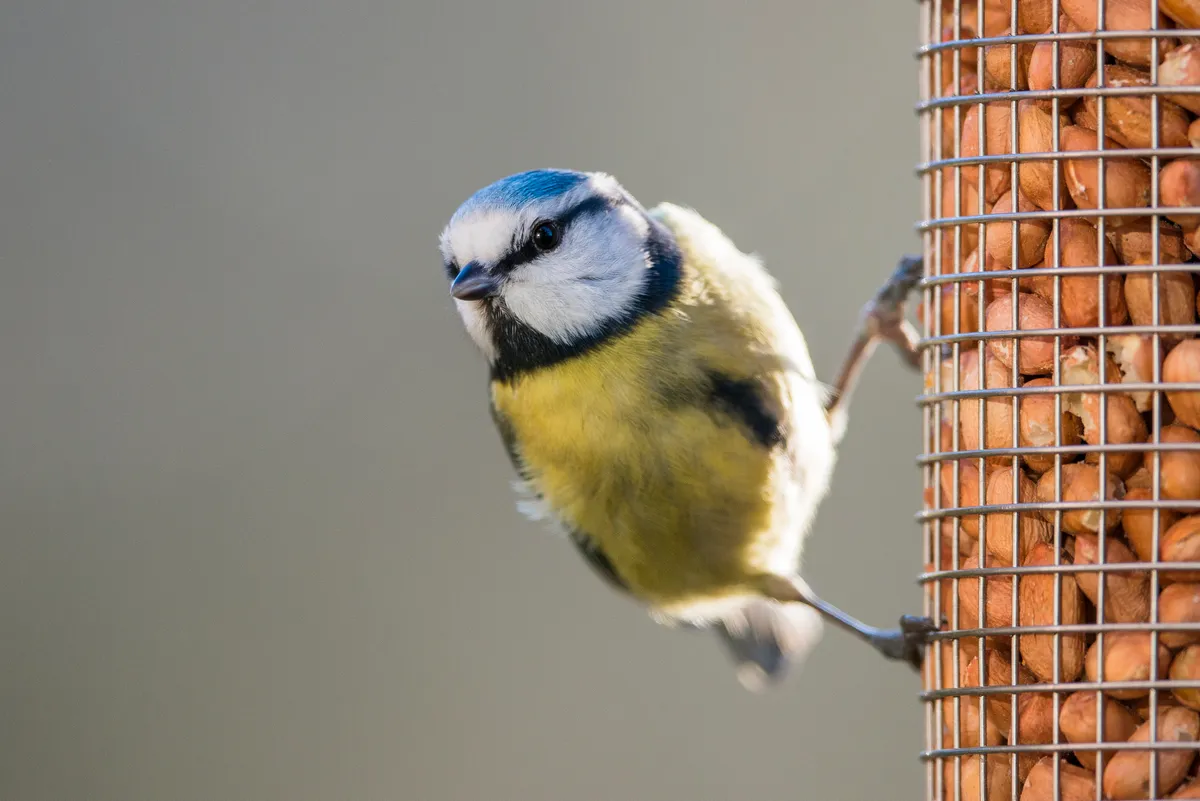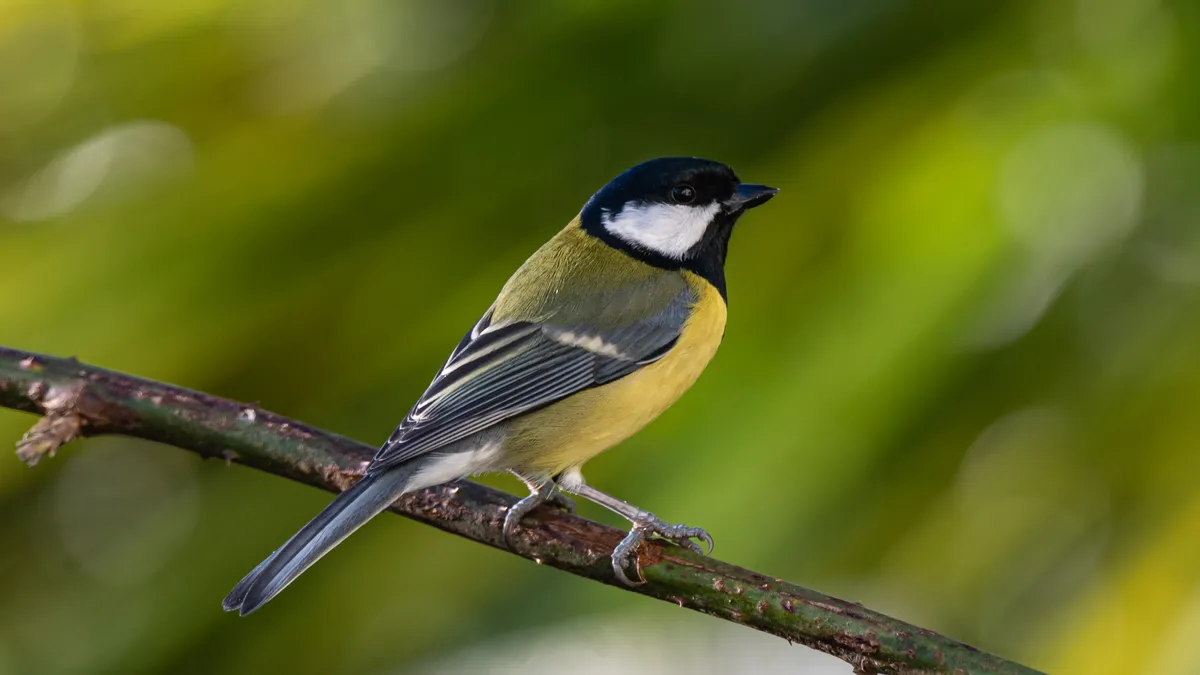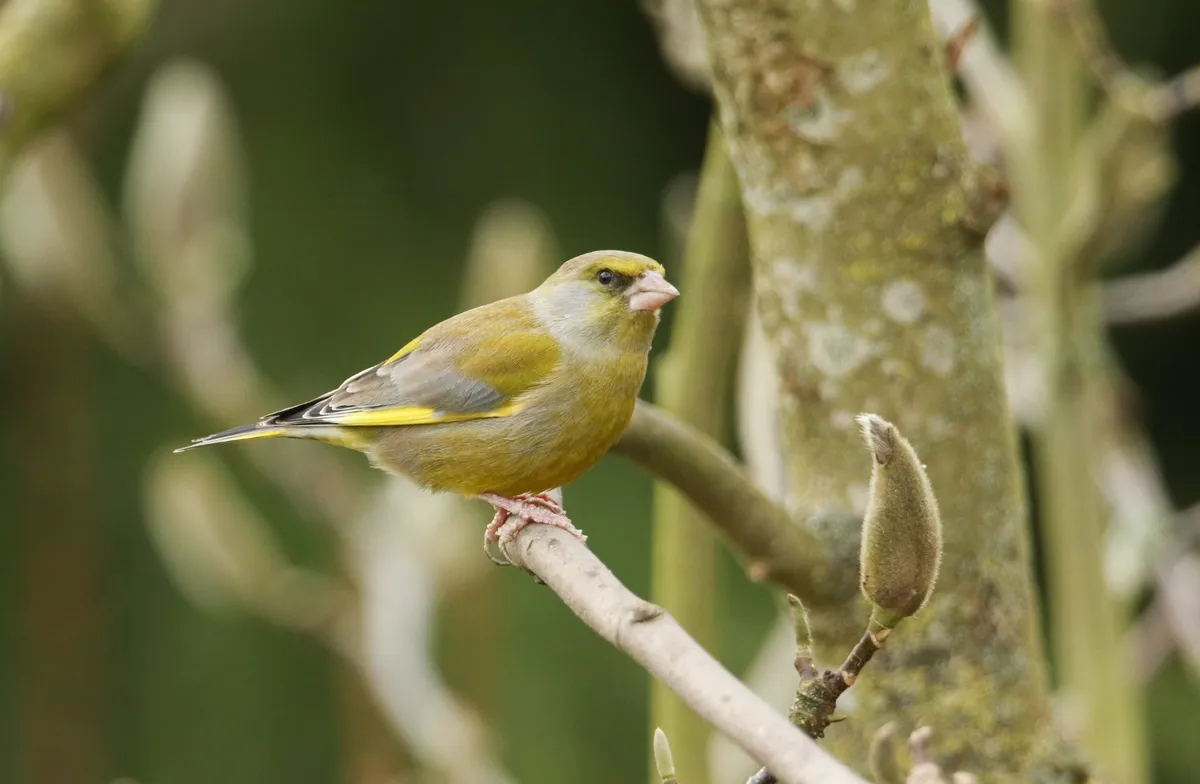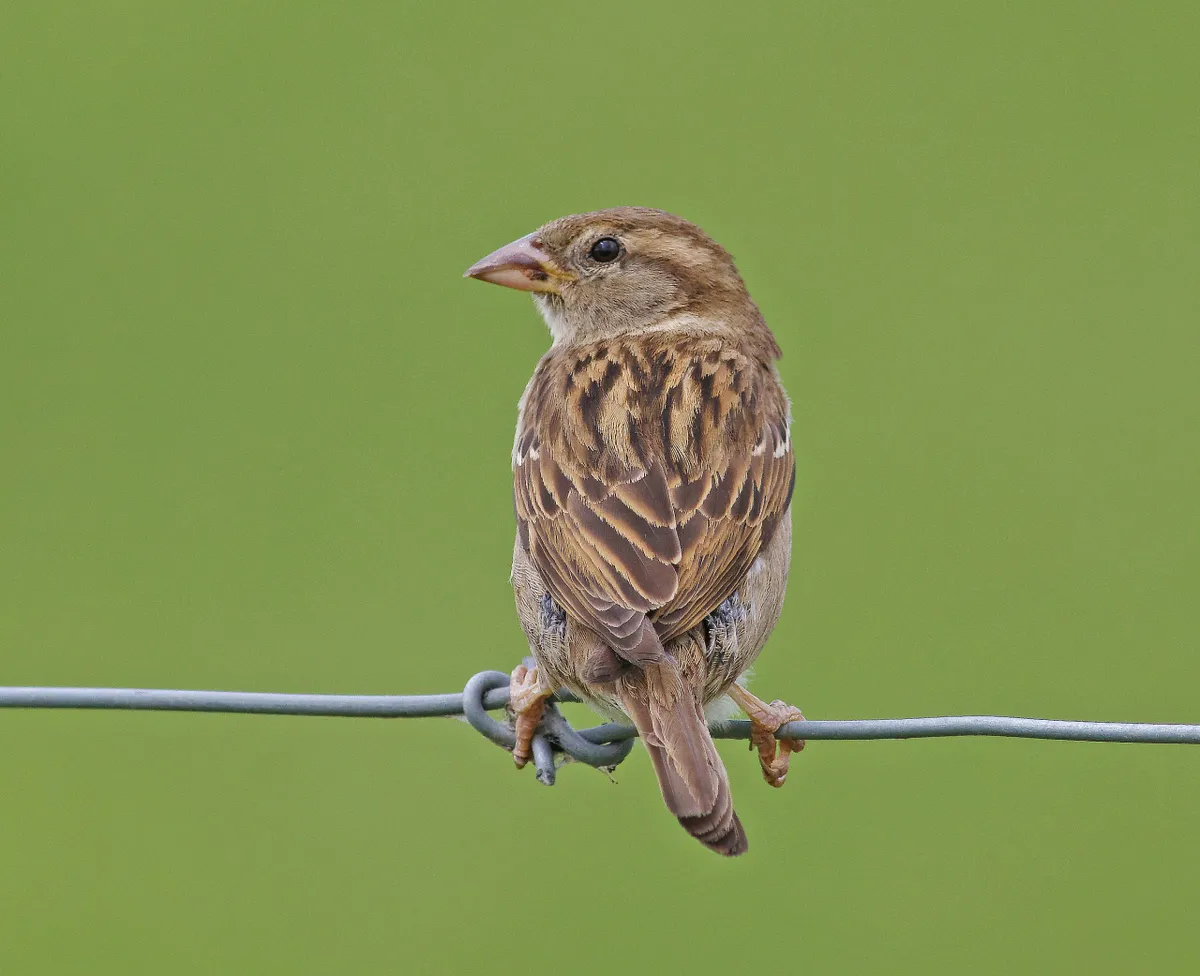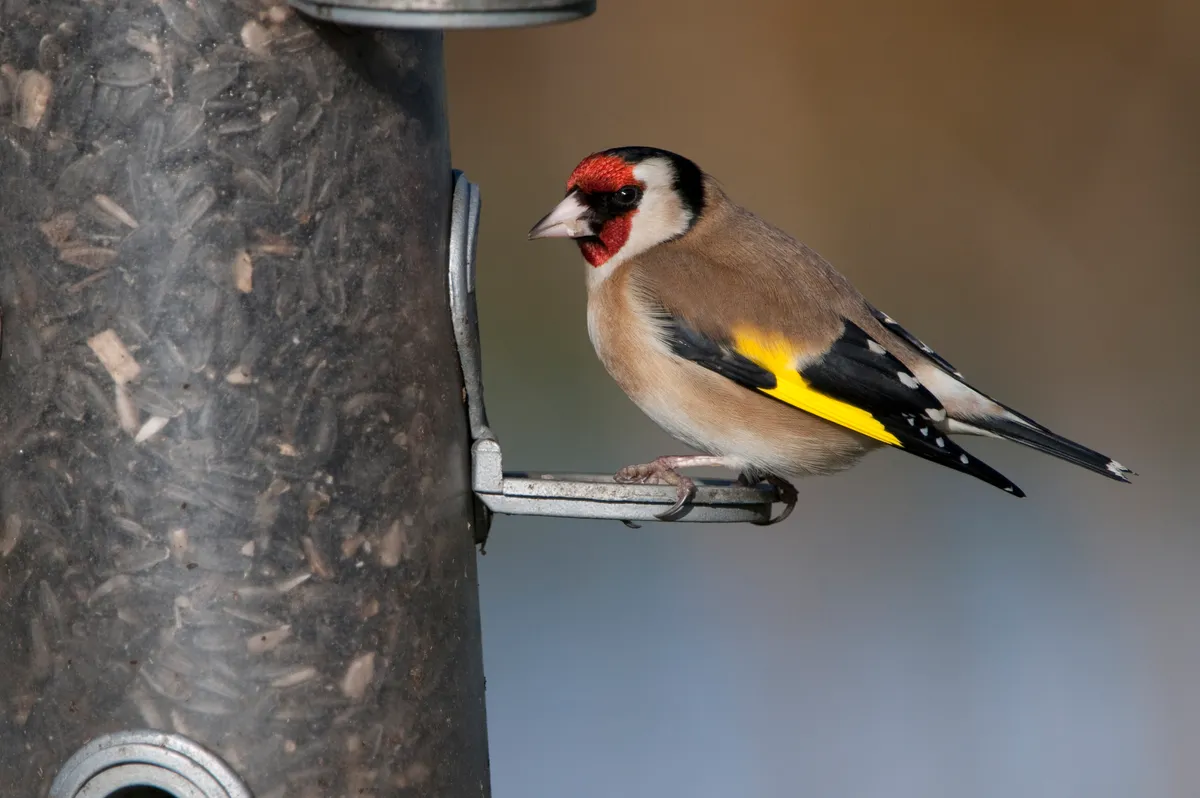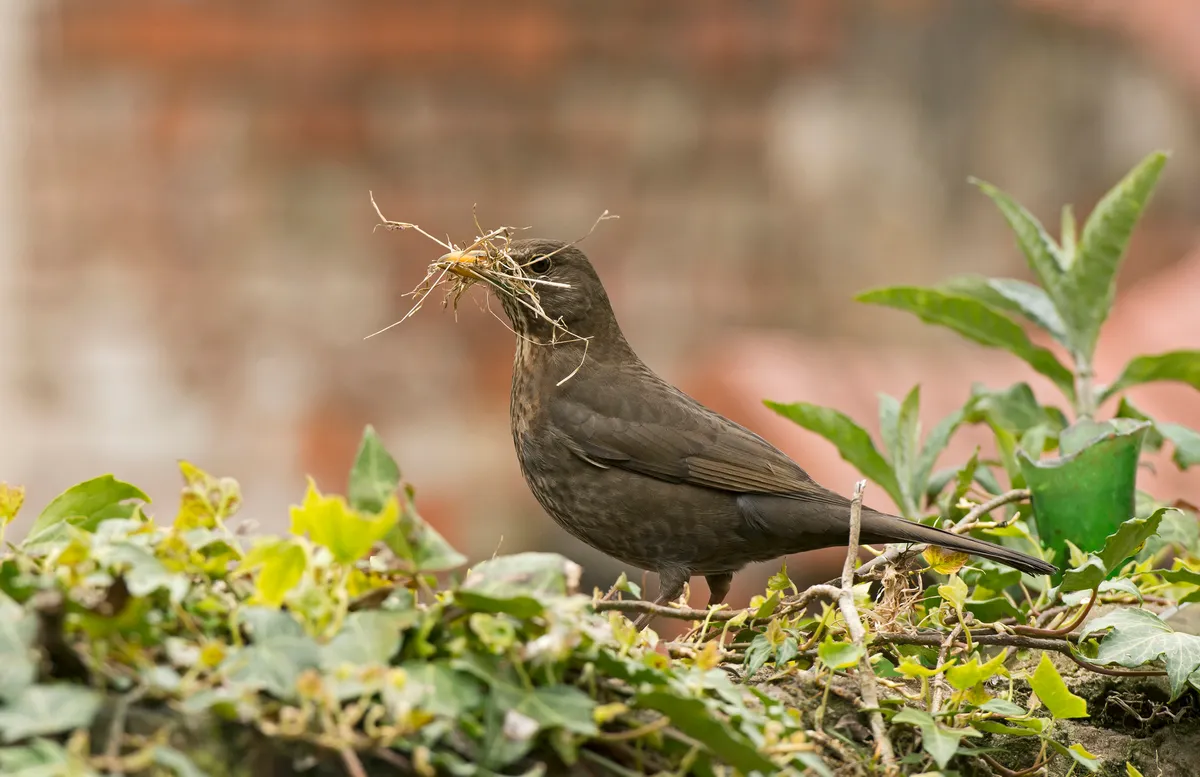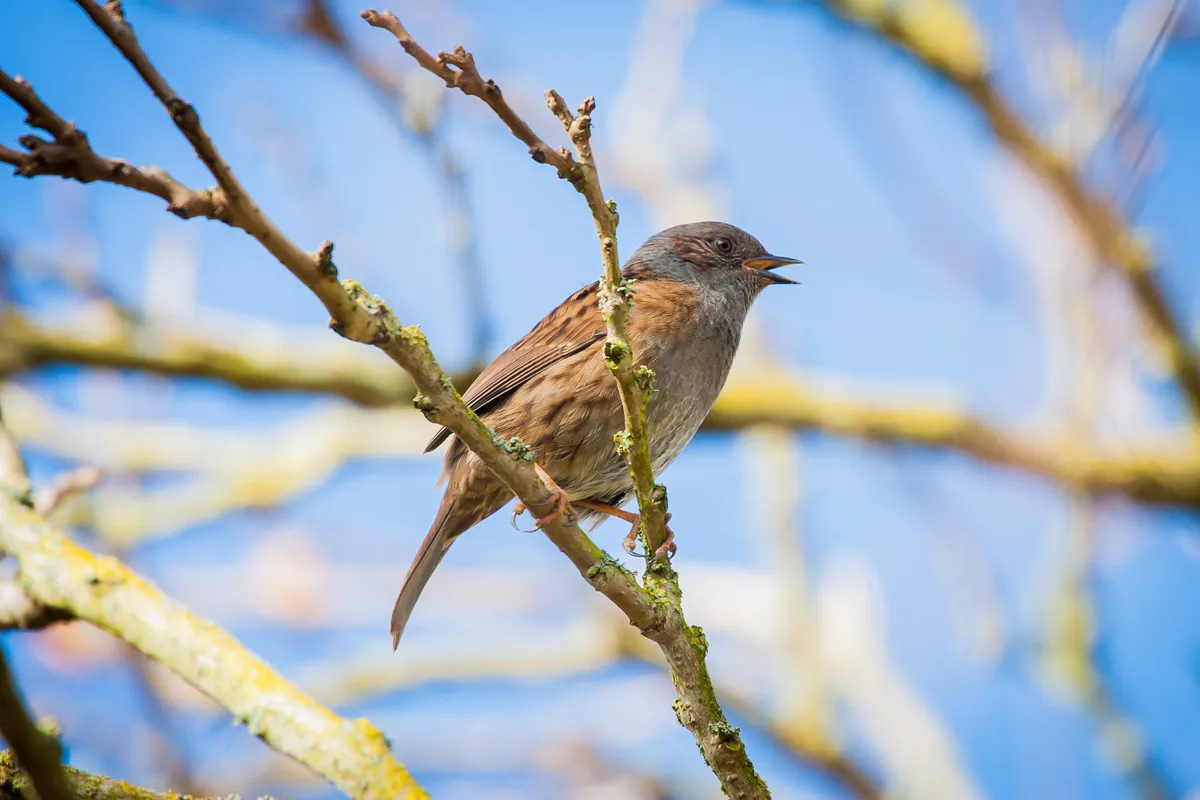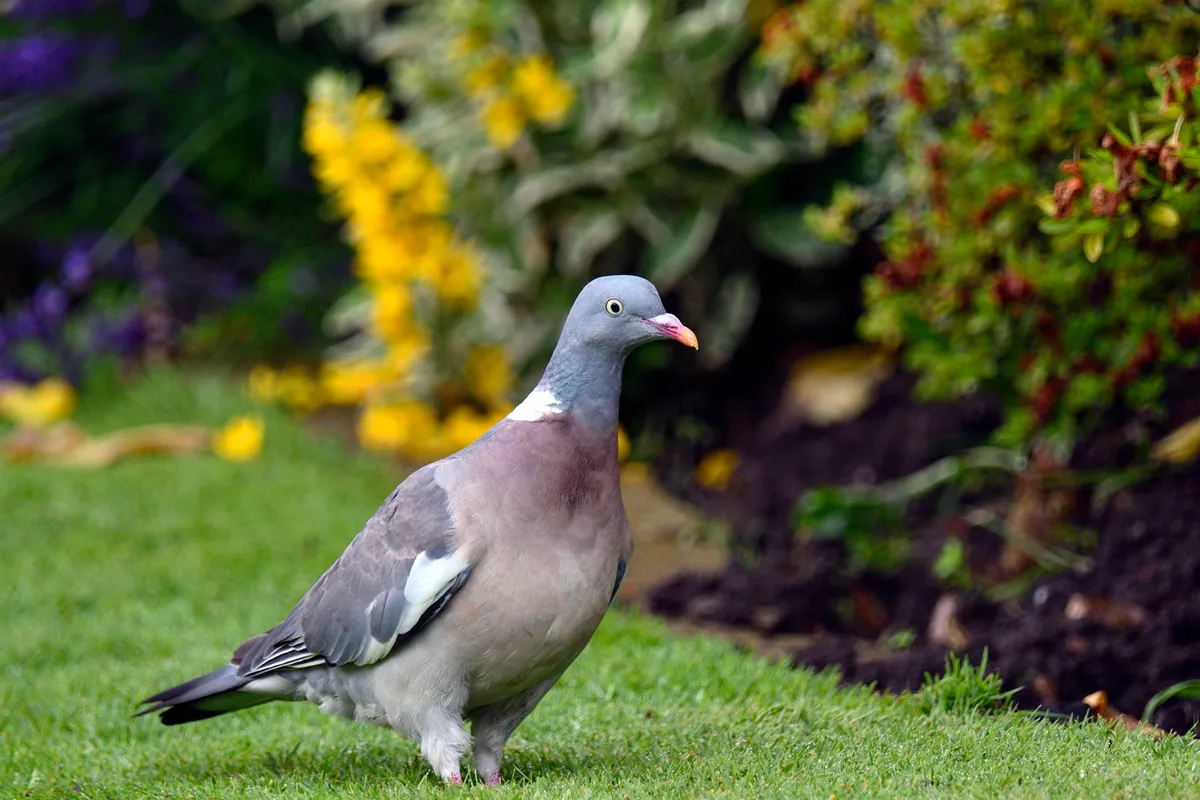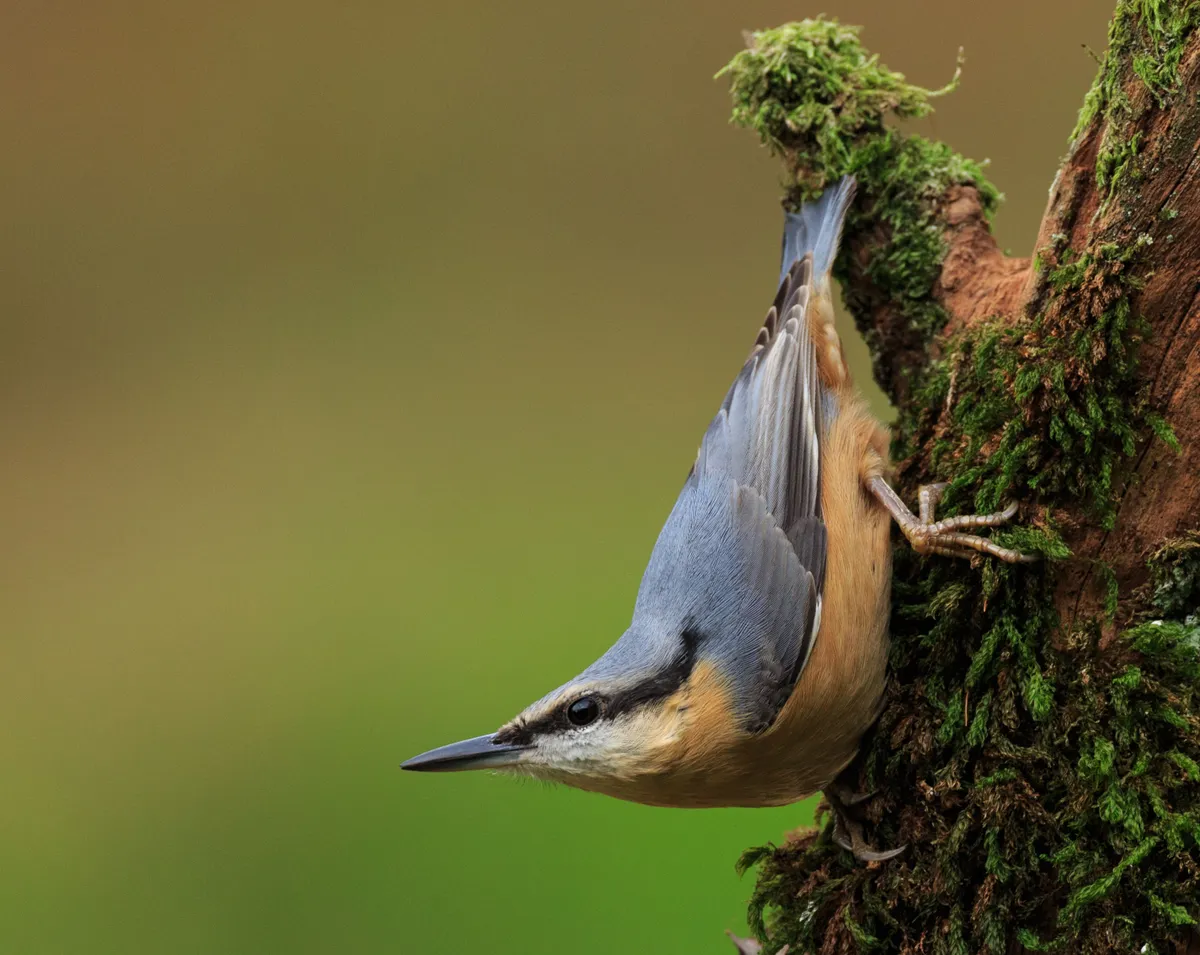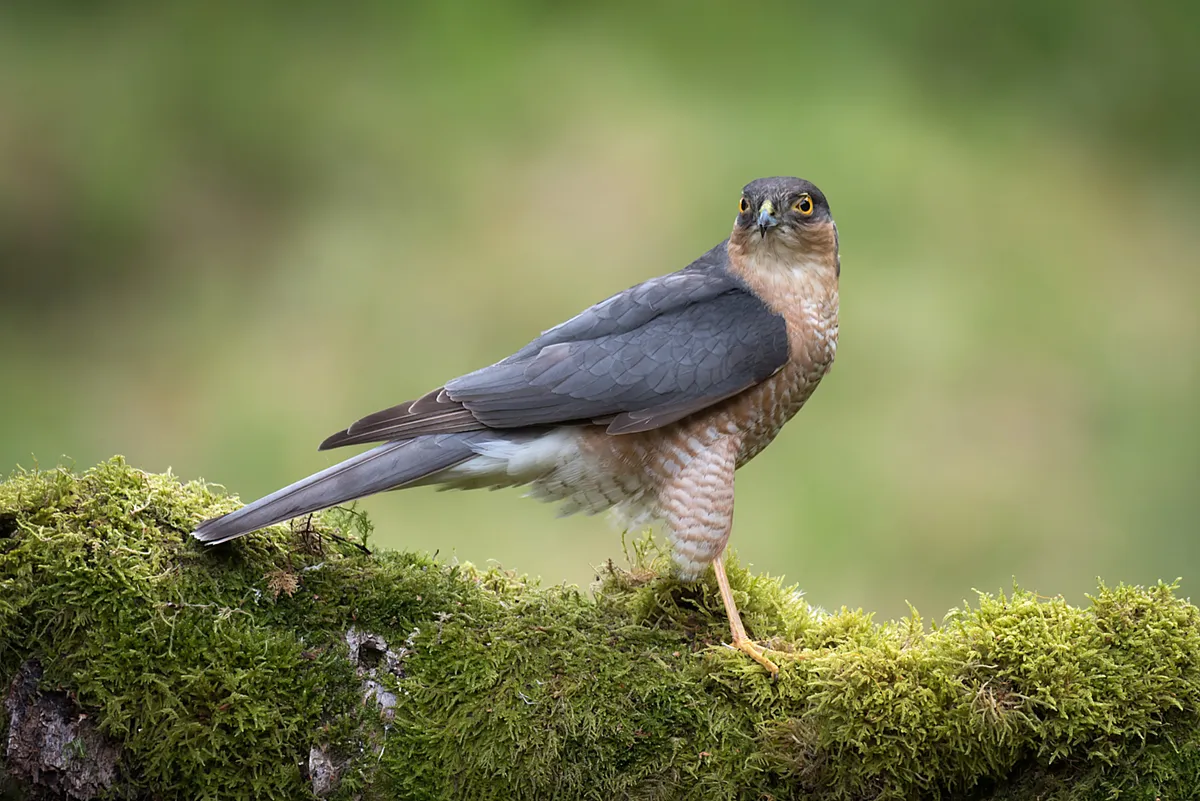I’ve loved birds all of my life. I grew up in urban West London and began watching birds in my back garden because I was too young to venture far and didn’t have anyone to take me out into the countryside.
Despite people telling me that there were no birds in the city, I looked out on my back garden in Wembley every morning before school and was amazed by the variety of species I saw. I soon learned that there were birds everywhere – from the middle of nowhere to the middle of a city.
I want to show you just how easy and enjoyable it is to join the birding brigade – you’ll no doubt be pleased to know that anoraks aren’t compulsory.
Birdwatching in your garden
Gardens are a great training ground for the apprentice birder. As a kid, I spent hours watching the birds that visited my back yard. I didn’t know what I was looking at so I simply christened sparrows ‘baby birds’, starlings ‘mummy birds’ and blackbirds ‘daddy birds’.
Eventually, I got a book from the library and began to put names to faces. That book became my bible and I took it everywhere with me, even to school, reading it whenever possible. My incredulous school friends soon dubbed me ‘Bird Brain’.
It’s really easy to attract birds to your garden – you just need to put out food for them. Hang up a couple of seed and nut feeders and wait for them to be discovered by blue tits and great tits, seedeaters such as ever-present greenfinches, not-so-common house sparrows and, if you are lucky, gorgeous goldfinches.
Don’t forget to take a look at ground level, too, where you may notice blackbirds (the dowdy, brown ones are females) foraging for food, dunnocks shuffling around searching for scraps and big, chunky woodpigeons rooting out a tasty treat or two. And, of course, no winter garden would be complete without a robin or two.
Place your feeders in the open away from bushes and fences where predators can lurk. The birds will feel safer and hang around for longer if they can clearly see danger approaching.
Eventually, your garden birds may feel secure enough to allow close views and you will be able to enjoy them from the kitchen window while munching your cornflakes in the morning.
You may be surprised at some of the unexpected visitors your feeders may attract. Nuthatches, great spotted woodpeckers, parakeets (in the south-east) and even a marauding sparrowhawk could all add a bit of spice to your everyday birding.
In these early days, don’t worry too much about what the various species are – just enjoy observing them.
Look at everything twice, even if you think you know what it is. It might be doing something you've never seen before, or it may not even be what you first thought it was.
Main image: David Lindo with a birdfeeder. © Russell F Spencer
